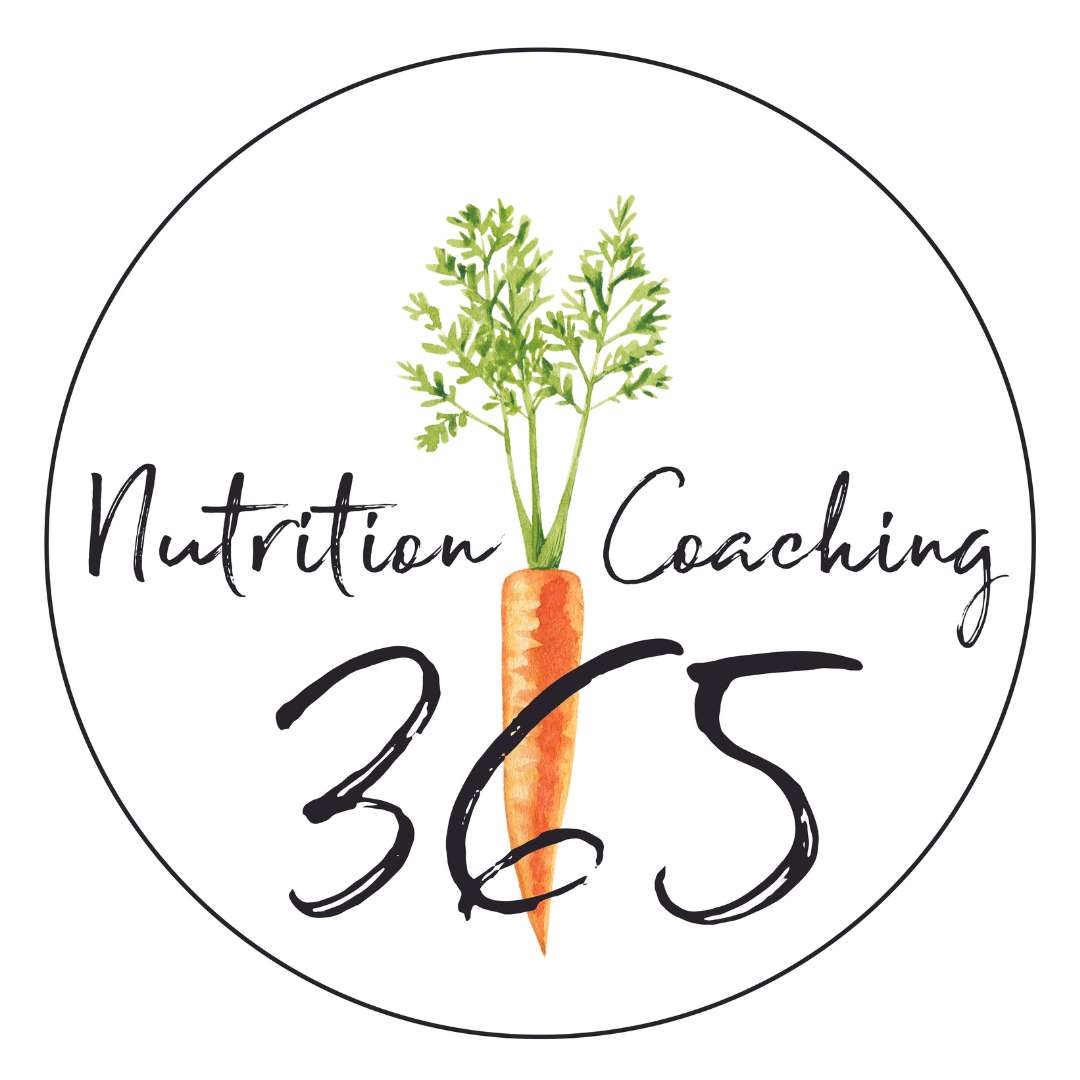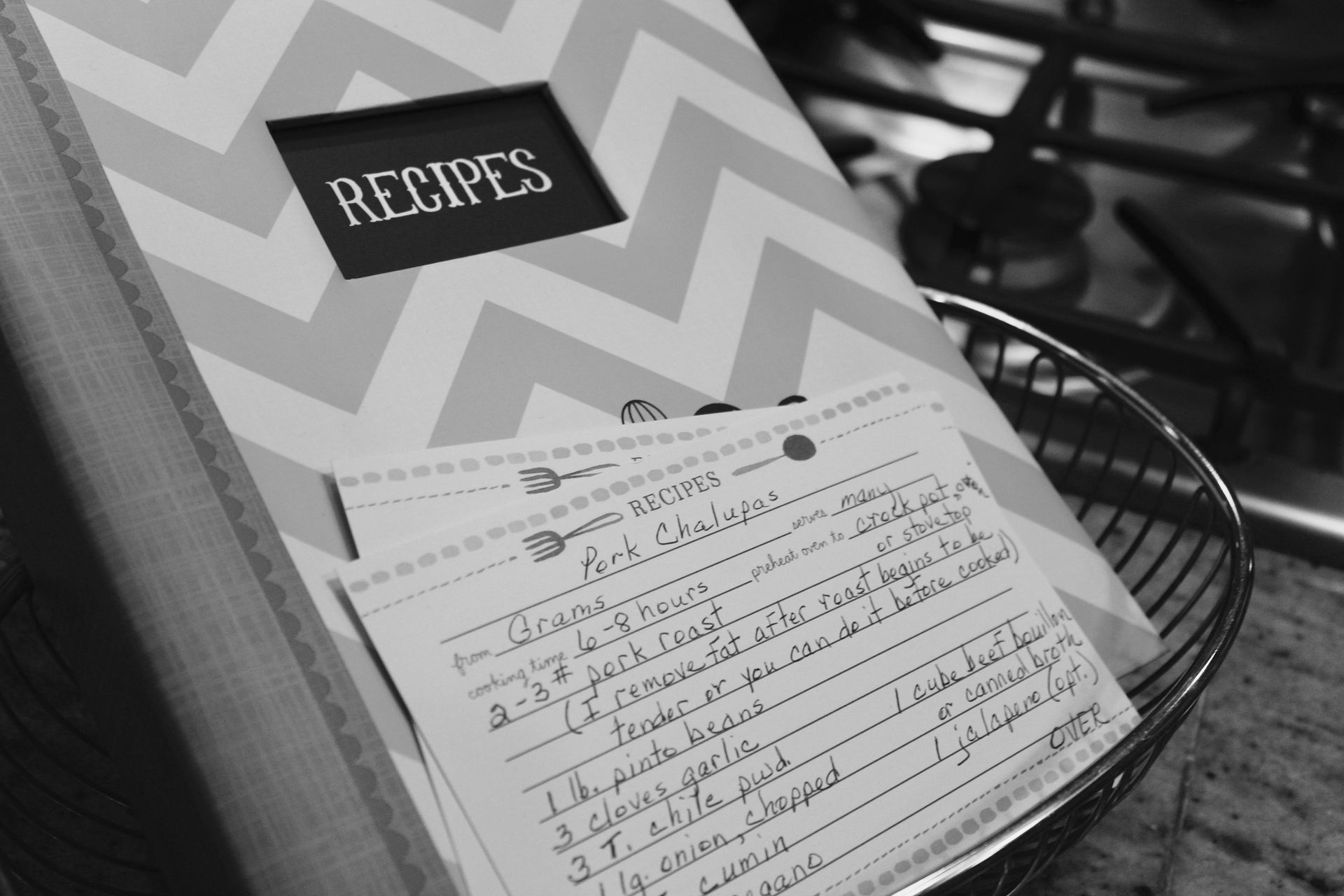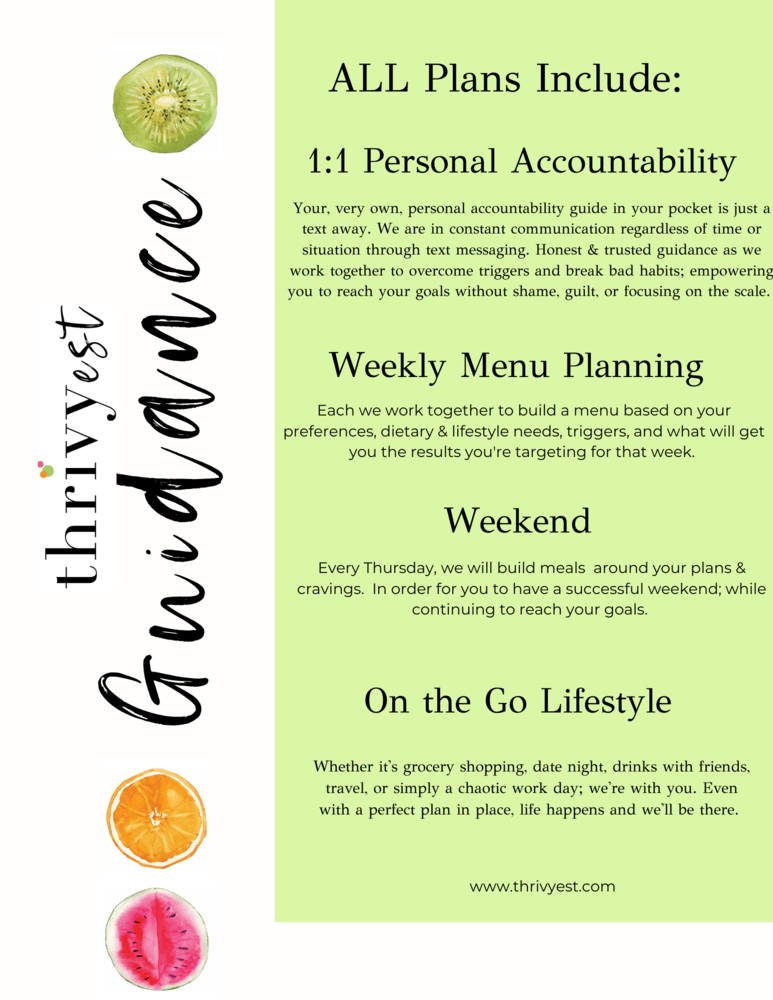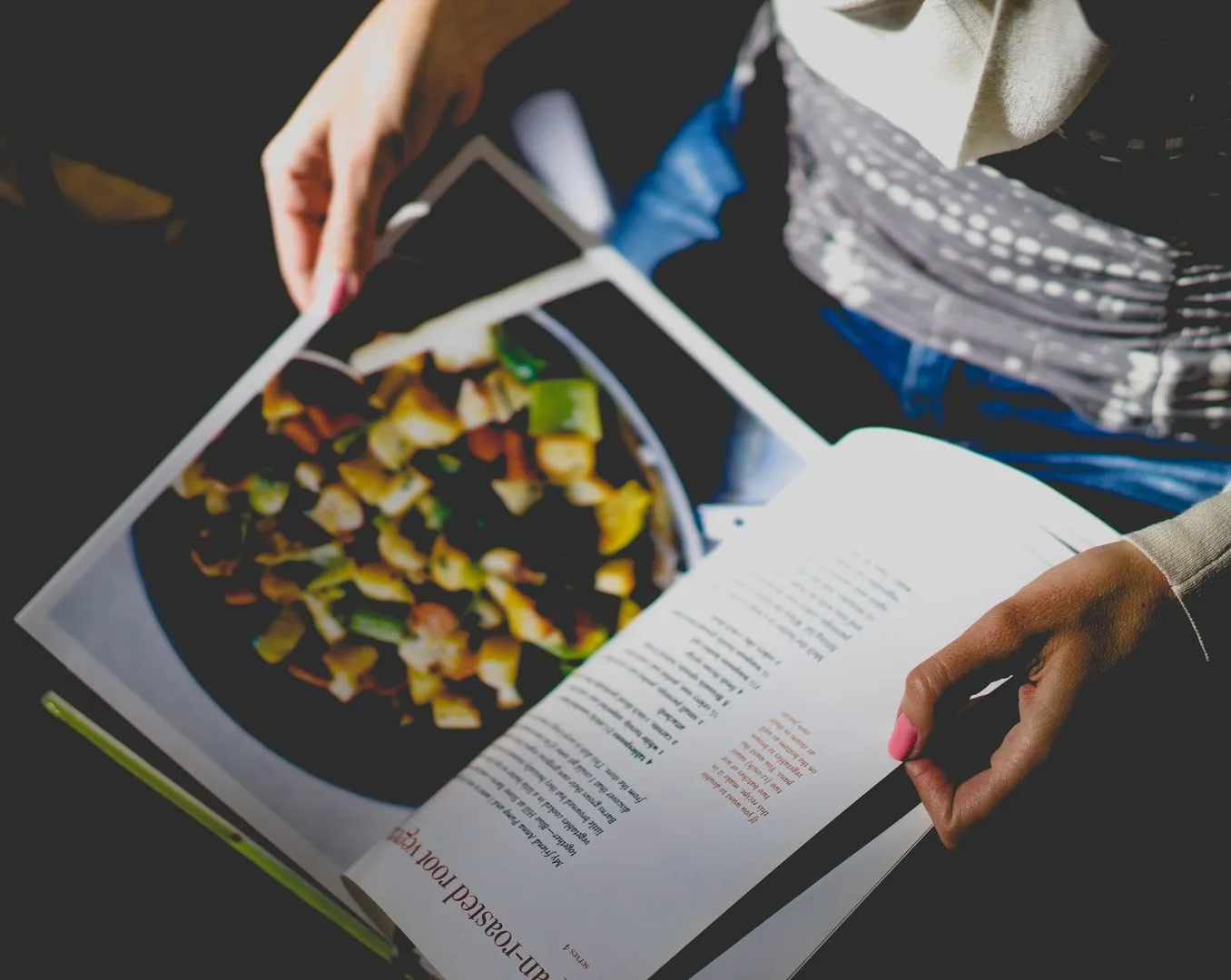Wine at 7 PM, Regret by 7 AM: How That 'Relaxing' Drink Impacts Stress and Weight Loss
I'm Not Going to Sugar Coat This
Look, it’s not my job to tell you what to do. But as a nutritionist and weight loss coach, it is my job to educate. I'm here to share the facts, practical tips, and science-backed advice to help you make the best decisions for your health. And if we’re being real, that nightly glass of wine might be quietly undoing all the hard work you’re putting into feeling and looking your best. So let’s get into it—no fluff, just real talk about how wine is impacting your stress and weight goals.
Wine and Stress:
A Quick Fix or a Slow Burn?
Let’s get straight to the point: wine might make you feel relaxed in the moment, but it isn’t solving your stress. That glass (or two) may help you unwind temporarily, but over time, it could actually be worsening your stress levels. Here’s why:
When you drink, alcohol interacts with your central nervous system and releases feel-good chemicals, giving you a short-lived calm. But the body sees alcohol as a toxin, and it goes into overdrive to metabolize it, impacting sleep quality and disrupting stress hormones like cortisol. The more you rely on that nightly drink, the less effective it becomes, and soon, you’re back to square one—feeling stressed again by the next evening, or worse, adding anxiety to the mix.
Think about it like this: you’re essentially putting a Band-Aid on a cut that needs stitches. It might cover it up for a while, but it’s not addressing the root problem. And the more you “need” that glass to relax, the more it’s holding you in this loop.
Weight Loss and Wine: The Hidden Saboteur
If you’re working toward weight loss goals, alcohol (yes, even wine) could be slowing you down. Wine isn’t just “a few harmless calories.” Those empty calories don’t provide nutrients, but they do pile up fast. Your body prioritizes metabolizing alcohol over burning fat, which means that glass is not only adding calories but also putting a temporary hold on your fat-burning efforts.
Real-Life Example: Let’s say you’re trying to keep your daily calories around 1,500 for weight loss. A couple of glasses of wine could easily add 250-300 calories without adding any nutritional value. You might think, “It’s just one glass,” but over time, those nightly drinks can significantly impact your weight loss progress.
Many of my clients who cut back on wine or save it for special occasions notice faster progress in their weight and fitness goals. It’s not about depriving yourself; it’s about choosing when it’s worth it and when it’s not.
The “Wine to Unwind” Habit: Real Life in Action
We’re all juggling a lot these days—work, family, personal goals—and for many, wine has become a symbol of “me-time” after a long day. It’s easy to pour a glass without even thinking. But here’s the deal: that habit can become a trap.
Meet my client, Michelle, a working mom who feels stretched thin. Her evening glass of wine is her reward, her way of decompressing after a hectic day. But over time, she notices that one glass has turned into two or three, especially on rough days. What started as a way to relax is now something she “needs” to feel okay—and it’s impacting her sleep, energy, and weight loss efforts.
This cycle of “wine to unwind” is common, but it’s a slippery slope. If you’re pouring out of habit, not out of true enjoyment, it’s time to take a step back and ask yourself if it’s really helping you.
How to Break the Cycle:
Mindful Drinking, Not Mindless Drinking
If you’re not ready to give up wine completely, here are some simple steps to make sure it’s something you enjoy intentionally rather than out of habit:
- Pause and Reflect: Next time you reach for that glass, ask yourself, “Am I drinking this because I want it, or because it’s routine?” Breaking that automatic response is half the battle.
- Set a Limit: Decide on how many days you’ll drink each week and stick to it. If weight loss or stress management is your goal, limiting alcohol to once a week or just on special occasions can make a big difference.
- Know Your Triggers: If you’re pouring a drink every time you feel stressed, recognize this as a cue to try something new. Substitute a glass of wine with a relaxing ritual that doesn’t disrupt your health goals.
- Choose Low-Calorie Options: When you do drink, choose a lighter option—like a spritzer or a low-calorie mixer—to cut down on excess calories.
- Drink Mindfully: Instead of sipping through a stressful conversation or scrolling your phone, savor that drink. Make it something you truly enjoy, not something you barely notice.
Mindful drinking is about making choices that serve your goals without feeling restricted.
What to Do Instead of Reaching for Wine: Healthier Ways to De-Stress
Part of breaking the cycle is having other tools to rely on when stress kicks in. Here are a few ideas:
- Get Moving: Even a quick walk or a 10-minute workout can boost endorphins and reduce stress, often more effectively than a glass of wine.
- Practice Mindfulness: Journaling, meditating, or even deep breathing can help you process and release stress in a lasting way.
- Reach Out: Call or text a friend, talk to your partner, or find someone to connect with. Emotional support is a powerful antidote to stress.
Alternative Idea: Instead of wine, consider a warm cup of tea or a fizzy, non-alcoholic drink to unwind at night. Little swaps like these can help you create a new ritual that truly supports your goals.
Wine Isn’t the Villain, But It’s Not the Hero Either
If wine has become your go-to for stress relief, it might be worth reconsidering. Breaking the habit doesn’t mean you can never enjoy wine again; it means you get to decide when and how it fits into your life in a way that aligns with your health, stress, and weight goals.
Remember, managing stress is about finding long-term solutions that nourish you—not habits that hold you back. By choosing other ways to unwind, you’re reclaiming control and investing in yourself.
So here’s to putting down the wine glass and picking up something that truly fills you up, body and soul.
If you’re Concerned About Your Relationship with Alcohol
If you’re feeling like alcohol has taken a bigger role in your life than you’d like, know you’re not alone, and there’s help available. Consider reaching out to a trusted friend, counselor, or even a helpline like the National Helpline (1-800-662-HELP) for confidential support and resources.
YOU ARE CAPABLE OF LIVING YOUR HEALTHIEST & HAPPIEST LIFE.
If you’re looking to create healthy habits to gain more energy, improve your sleep + shed a few pounds, you’ve landed in the right place.
Recent Posts
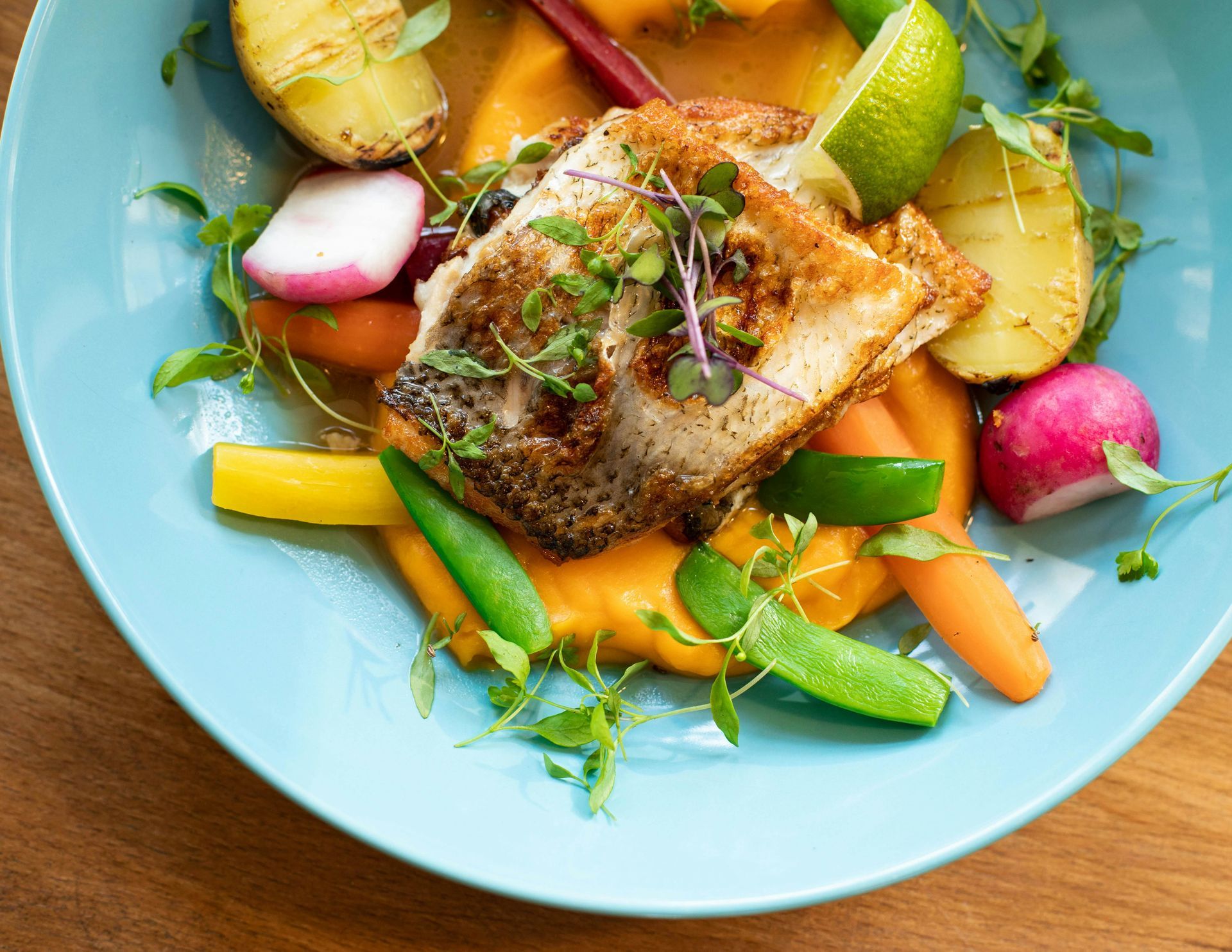
Meet Emily
I love encouraging + inspiring others to reach their healthiest lives through food, fitness + gratitude. As a holistic nutritionist + the founder of Thrivyest, I am passionate about creating habits to help you to live longer + thrive. To thrive in body, mind + soul through personalized, simple + practical steps ensuring you gain more energy, clarity + confidence! Let's connect!
